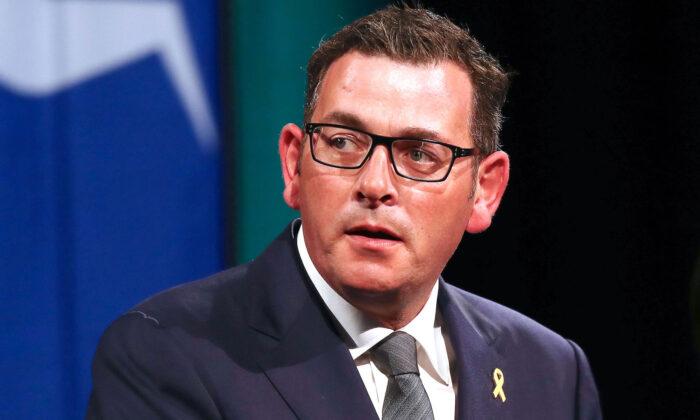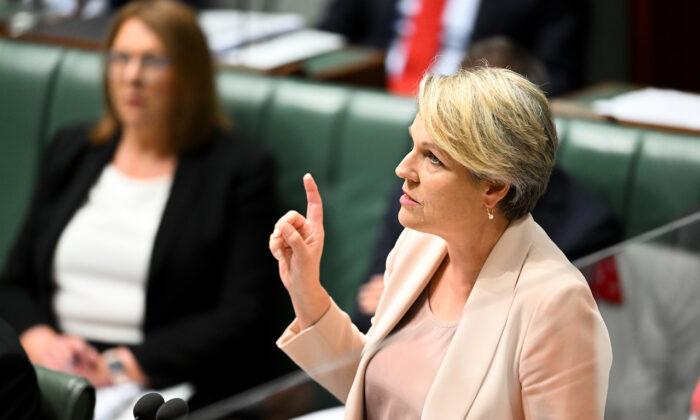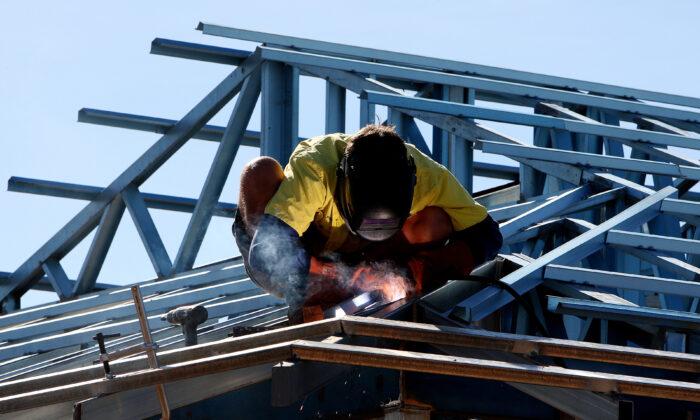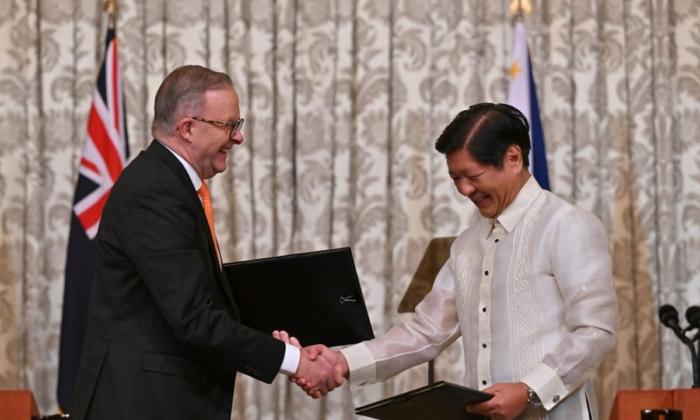The Australian Labor Party (ALP) is actively seeking to clean up its state branches after allegations of branch-stacking in the Victorian Labor Party came to light on June 14.
“We'll leave no stone unturned to root out these sorts of practices,” he said.
“Every member will be audited to assess whether they are genuine supporters who have paid their own fees and consented to join,” said Swan.
In the joint report, it was alleged that former Victorian ALP minister Adem Somyurek utilised parliamentary staffers from other ministers to branch-stack districts of the Victorian Labor Party and in doing so strengthen Somyurek’s influence over the ALP.
Victorian Review to be Headed by Bracks and Macklin
Speaking at a press conference aired by Sky News on June 17, Premier Daniel Andrews said that he had put an “unprecedented plan” to the national executive of the ALP “to re-establish the integrity of the Victorian branch of the Labor Party.”“We need to go through a process where each and every rank and file member re-establishes that they are genuine consenting and self-funded members of our great party,” said Andrews.
The National Executive of the ALP has suspended all committees of the Victorian Labor Party and appointed former Labor Victorian Premier Steve Bracks and former federal ALP deputy leader Jenny Macklin to audit the Victorian Branch of the ALP.
Speaking to the ABC, Wayne Swan said that the national wing of the ALP will also take over control of the selection of candidates for the next Victorian poll and the Victorian candidates for the next federal election.
New South Wales Labor Party also Undergoes Review
The New South Wales (NSW) branch of the ALP will also undergo an audit it has emerged.According to the leaked ALP report obtained by The Australian, members in the districts of Granville, South Granville, Merrylands, Guildford, and Guildford West will have to resubmit their home addresses and meeting attendance records in the audit.
Branch-Stacking a Problem for the ALP
This is not the first time branch-stacking has been a problem for the ALP. In 2002 a report (pdf) by former Prime Minister Bob Hawke and former NSW Premier Neville Wran argued that branch-stacking has a “cancerous effect” on the democratic traditions of the Labor Party and was a major concern to party members.Utilised by politicians as a way to gain power within the party, branch-stacking is when political actors sign up large numbers of people they know have no actual interest in joining to their political party.
Once complete, branch-stacking then provides a politician with votes that can be used to influence both state and national policy directions through internal party votes and the preselection of electoral candidates.
Although branch-stacking is legal in Australia, most political parties have come to view the practice as controversial because it usually involves illegal acts of forgery, falsification of documentation, and even the intimidation of party members.





Friends Read Free